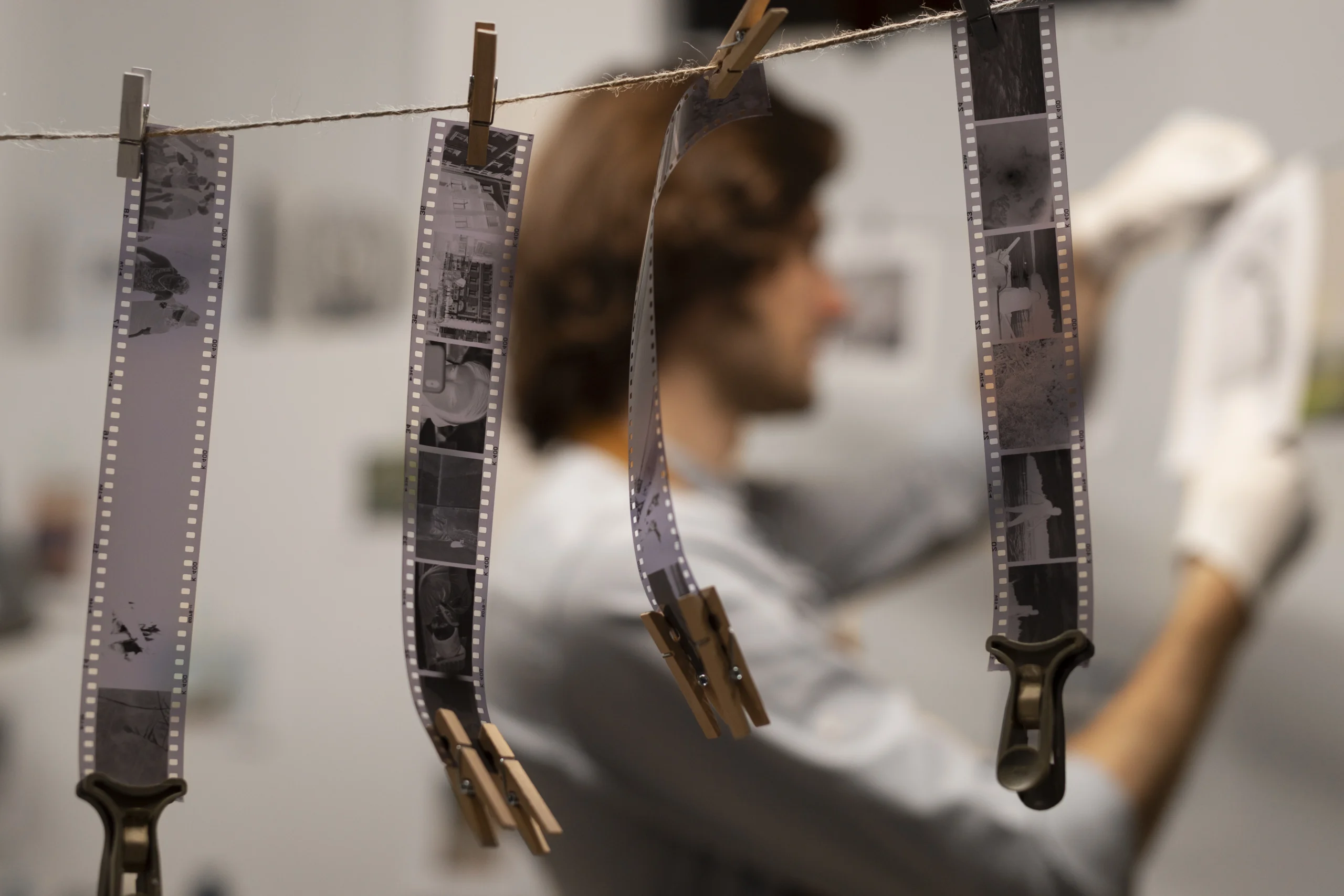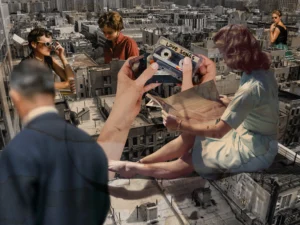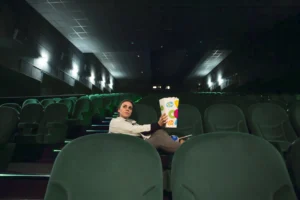Behind the scenes of major Hollywood productions. Hollywood has a way of presenting everything as seamless—perfect shots, iconic performances, and dazzling visual effects. But for every breathtaking scene that hits the big screen, there’s a chaotic, meticulous, and creatively charged world working behind it.
When people search for what happens behind the scenes in major productions, they’re not looking for technical jargon—they want to understand the real, fascinating human engine that drives cinema.
The Production Team: More Than Just Directors and Actors
While directors and stars often dominate red carpets, the soul of a film set lies in the production team—an army of creatives and technicians.
Producers—The Architects of the Entire Operation
Producers don’t just fund movies—they solve problems, schedule shoots, manage talent, and navigate crises daily. Legendary producers like Kathleen Kennedy have shaped franchises like Star Wars not only through budgets but through vision and leadership. Her role at Lucasfilm is a testament to how producers function as a film’s silent strategists.
Assistant Directors: The Unsung Heroes of Set Management
Assistant Directors (ADs), especially the First AD, are responsible for maintaining order on set. They manage call times, communicate with departments, and make sure every scene is shot according to plan. Without them, the production spirals into disorganization. The best ADs are known for their military-like precision and ability to calm chaos under pressure.
How Are Massive Sets Built and Managed?
Ever wondered how an alien planet, a 1920s Manhattan street, or a flooded submarine interior is built? These are the brainchildren of production designers, set decorators, and location managers.
From Concept to Reality—Set Design and Construction
Before a single hammer hits plywood, concept artists create visual blueprints, often working months in advance. Production designers like Rick Carter (Avatar, Lincoln) are responsible for translating these concepts into physical or digital sets that match the story’s tone and era.
- On Titanic, James Cameron’s team built a near life-size replica of the ship. The process took over 100 days of continuous set building, an effort documented by the British Film Institute.
The Role of Location Scouts and Managers
When a set can’t be built, it’s found. Location scouts travel across countries to discover the perfect backdrop. They must consider accessibility, lighting, weather, and budget. Once a location is chosen, location managers coordinate everything—permits, logistics, crowd control. For The Revenant, entire teams endured sub-zero conditions in the Canadian wilderness to achieve natural lighting.
Behind the Acting: What Prepares a Scene Before “Action”?
Actors don’t just arrive on set and start performing. There’s a whole machine that prepares each moment before the cameras roll.
Rehearsals, Blocking, and Continuity
Rehearsals are where chemistry forms and mistakes are ironed out. Blocking—the physical movement of actors—is carefully choreographed, often taking hours to perfect for just a few seconds of screen time.
Hair, Makeup, and Costume—Crafting Character Through Detail
Costume designers like Ruth E. Carter (Black Panther) and makeup artists have to not only match style to narrative but also maintain consistency. Costumes often need duplicates—dozens of the same shirt, all aged and distressed to different degrees. On large-scale productions, wardrobe departments can include over 50 people, working in shifts.
Makeup also plays a massive role in transformation. Think of Gary Oldman as Winston Churchill in Darkest Hour—a work that took 4 hours daily and was spearheaded by Kazu Hiro, an Oscar-winning makeup artist. You can read about the detailed process in this interview with The Guardian.
The Cinematographer’s Eye—Creating the Film’s Visual Language
Often referred to as the Director of Photography (DP), the cinematographer is responsible for how a movie feels visually. They choose cameras, lenses, lighting setups, and shot compositions to serve the director’s vision.
Lighting Teams and Gaffers: Sculpting Emotion With Light
Lighting is as expressive as acting. For example, in Blade Runner 2049, Roger Deakins used dynamic lighting to emphasize the loneliness of futuristic urban landscapes. His team included gaffers, grips, and electricians who collectively manipulated shadows, intensity, and color temperature to evoke emotional depth.
The lighting department must be hyper-coordinated—especially on sets where scenes are shot out of order. To maintain consistency, detailed lighting diagrams are created for each setup, and everything from the wattage to light positioning is documented.
You can explore Deakins’ detailed insights on lighting via his personal platform: Team Deakins.
Sound Recording on Set: More Than Just Microphones
When people talk about “sound” in films, they often imagine booming explosions or emotional scores. But capturing clean dialogue and ambient audio on set is a logistical marvel.
The Role of the Boom Operator and Sound Mixer
The boom operator follows actors with a highly sensitive microphone suspended on a pole. They must avoid shadows and stay out of the camera frame, while capturing pristine audio. Simultaneously, the sound mixer monitors levels and makes real-time adjustments.
Stunt Teams and Practical Effects: The Art of Controlled Chaos
CGI often gets the spotlight, but many of Hollywood’s most thrilling moments come from practical stunts and effects. These behind-the-scenes professionals are some of the most risk-trained and respected individuals in the industry.
Coordinated Danger: How Stunt Teams Operate
Stunt coordinators plan every movement, fall, and explosion with intense precision. Before a car flips on screen, it’s rehearsed in simulations or with scaled-down models. On Mad Max: Fury Road, over 150 stunt performers were used in choreographed sequences involving real vehicles and sandstorms—many of which were shot with minimal CGI.
The process involves multiple safety protocols: wire rigs, air rams, protective gear, and practice on padded stunt stages. You can dive deeper into the intricacies of stunt work through Stunts Unlimited, a collective of elite Hollywood stunt professionals.
Visual Effects and Green Screens: When Reality Isn’t Enough
When sets can’t be built or stunts are too dangerous, VFX steps in. But the misconception that everything is “fixed in post” undermines the months—even years—of planning that go into visual effects.
Previsualization: The Blueprint of Digital Scenes
Before filming begins, VFX artists create previsualizations—animated drafts of scenes showing character placement, camera moves, and effects timing. These serve as a digital storyboard, especially in action-heavy or sci-fi films.
Compositing, CGI, and Rendering
Once live-action footage is shot, digital artists layer visual elements: backgrounds, explosions, creatures, weather systems. On Avengers: Endgame, over 2,500 VFX shots were used. Entire cities were digitally constructed, and motion capture turned actors into Hulk or Thanos with precise facial expressions and muscle detail.
Studios like Industrial Light & Magic (ILM) and Weta Digital are pioneers in this space, known for seamless integration of VFX in classics like Jurassic Park and The Lord of the Rings.
The Production Design Department—Crafting Entire Worlds
While visual effects can create cities and galaxies, many directors still rely heavily on production designers and art departments to physically build their universes. These creative minds oversee every physical detail that appears in front of the camera—from the color of a lampshade to the construction of elaborate sets.
Set Design and Construction Crews
A well-designed set tells a story before any dialogue is spoken. In The Grand Budapest Hotel, for instance, production designer Adam Stockhausen and his team built multiple scale models and intricate interiors to reflect a faded, whimsical era. Sets were often built to be fully navigable, allowing long, continuous shots without relying on cuts or CGI.
Construction crews, carpenters, scenic painters, and set dressers collaborate for weeks or months to build environments that feel lived-in. Many of these professionals are members of unions such as IATSE, which protects their working conditions across major productions.
Costume Designers and Wardrobe Departments
Costumes are often underestimated, but they’re vital for authenticity and character development. Every stitch is intentional, reflecting time, place, social status, and personal history.
Research-Driven Design
Costume designers often spend months researching historical periods or cultural aesthetics. For Black Panther, designer Ruth E. Carter blended Afrofuturist fashion with real-world African tribal influences—garnering her an Academy Award and widespread acclaim.
The process includes fabric sourcing, tailoring, multiple fittings, and even distressing costumes to look worn or aged. Continuity photos and wardrobe logs are crucial to ensure consistency across shooting days.
For more on Carter’s meticulous work, visit this Vogue interview.
The Makeup and Special Effects Team
Whether it’s subtle eyeliner or grotesque monster prosthetics, makeup plays a critical role in storytelling. The department is usually divided into beauty makeup artists and special effects (SFX) specialists.
Prosthetics, Latex, and Silicone Magic
Creating creatures or aging actors realistically involves hours of prep. For The Curious Case of Benjamin Button, actor Brad Pitt underwent a six-hour daily transformation using silicone prosthetics and digital enhancements to depict aging in reverse. The work earned Kazu Hiro (also known for transforming Gary Oldman into Winston Churchill) an Oscar nomination.
SFX makeup can also include blood rigs, injury simulations, and even animatronic elements. All of it is documented meticulously so that looks can be replicated exactly during reshoots.
Script Supervisors and Continuity Experts
One of the most underappreciated yet critical roles behind the camera is that of the script supervisor. Their main responsibility?
Frame-by-Frame Memory
Because films are shot out of sequence, it’s easy to lose track of where a character is emotionally, physically, or visually. Script supervisors log every take, noting whether an actor picked up a glass with their left or right hand, what time of day it’s supposed to be, or how much wine was in a glass before a cut.
Their notes are shared with the director, editor, and other departments, ensuring the final product feels seamless to viewers—even if the shoot itself was fragmented and chaotic.
The Catering and Craft Services Teams
Though not often celebrated, these departments keep the entire crew going during months-long shoots. A hungry crew is a slow crew, and in Hollywood, time equals money.
Nutrition on Set Matters
High-budget productions often have gourmet-level catering with rotating menus, vegan options, and custom meals for actors with dietary requirements. Smaller sets rely on craft services (snacks and beverages available throughout the day) to keep everyone alert and fueled between takes.
A memorable tidbit: During The Lord of the Rings shoot in New Zealand, the crew built mobile kitchens to follow the production across mountains and forests for over a year.



